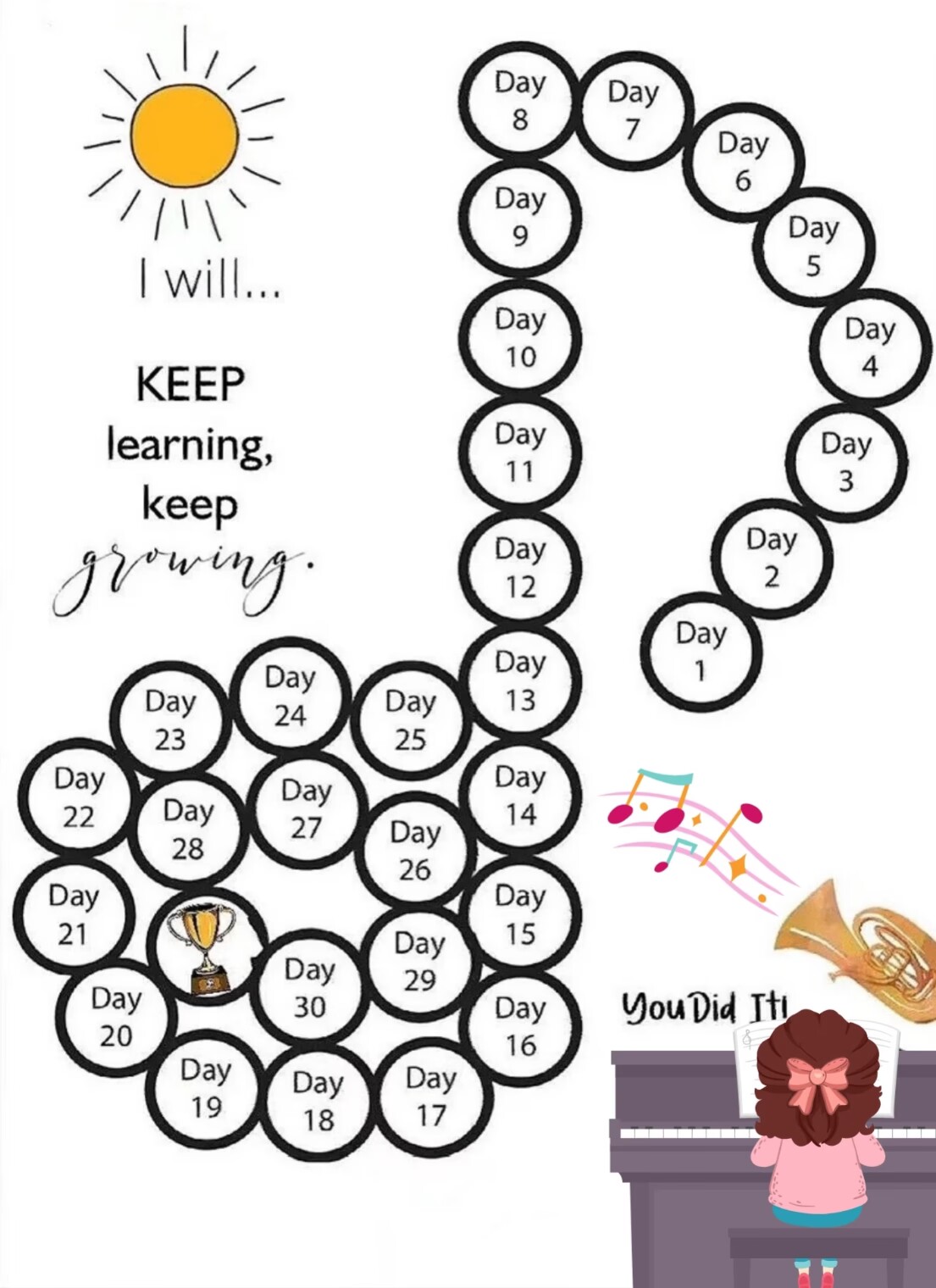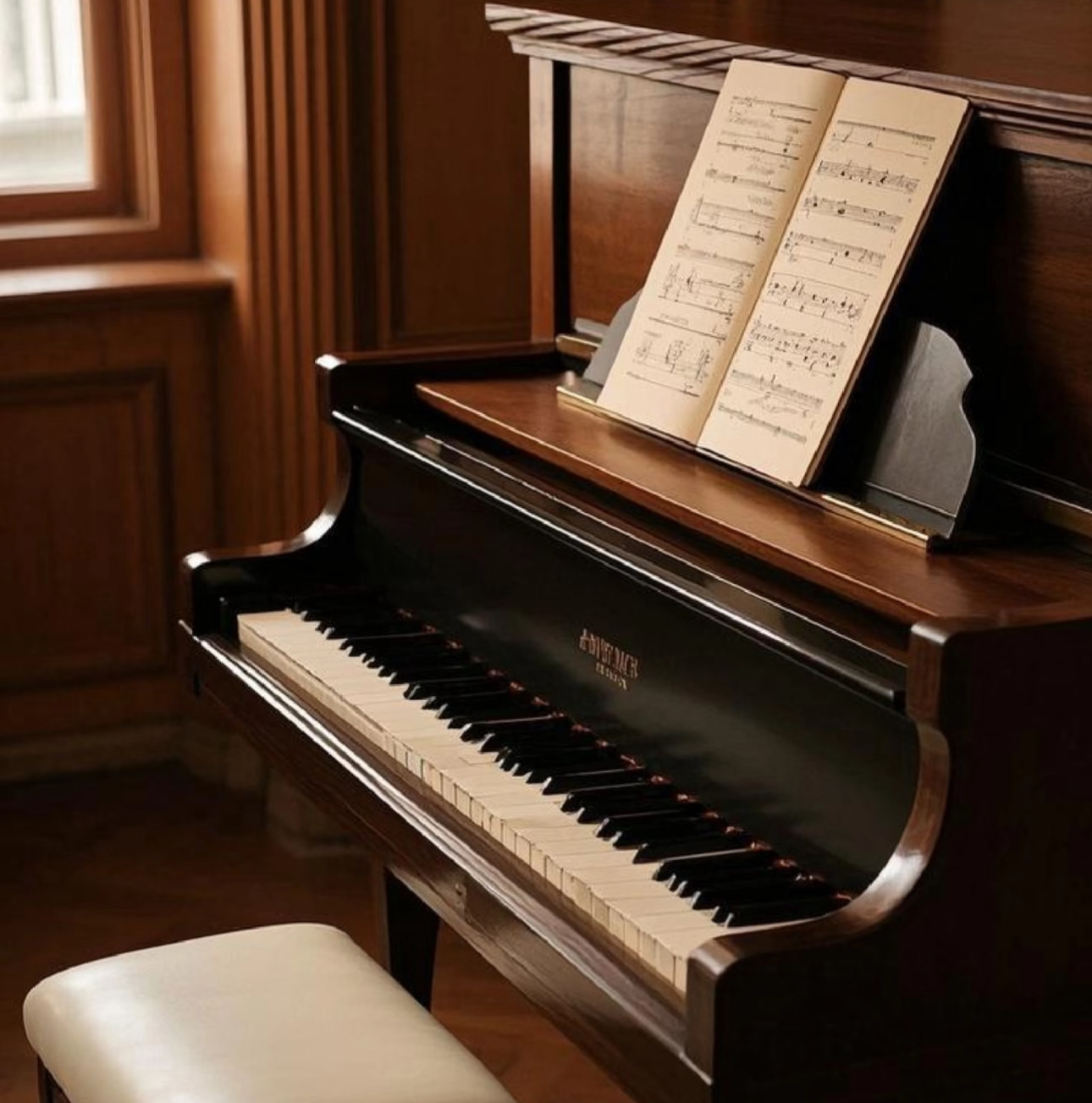And now...the crowning moment of our piano odyssey! In this comprehensive guide, we'll transform you from a practice-room player to a confident performer. While Part 1 explored song histories and Part 2 decoded musical structures, this installment will elevate your playing through professional performance techniques, advanced arrangement ideas, and solutions to those stubborn challenges every beginner faces.
The Psychology of Performance: Overcoming Stage Fright
Many aspiring pianists master their piano sheet music at home but freeze during performances. Let's break down why this happens and how to conquer it:
Understanding Performance Anxiety
- Physiological Response: Your primal defense circuitry kicking into high gear.
- Cognitive Factors: Fear of mistakes being judged harshly
- Behavioral Patterns: Avoiding performances reinforces anxiety
Evidence-Based Solutions
1.Gradual Exposure Therapy
- Week 1: Play for your pet or stuffed animal
- Week 2: Perform for family via FaceTime
- Week 3: Play for small live audience
- Week 4: Capture your performance and share it digitally.

2.Cognitive Reframing Exercises
- Replace "I must play perfectly" with "I'll share music I love"
- Reposition errors as diagnostic tools for skill development.
- Focus on the music's emotional message rather than technical perfection
3.Physical Preparation
- Deep breathing (4-7-8 technique)
- Progressive muscle relaxation
- Power poses before performing
Case Study: A 2022 Berklee College of Music study found students using these techniques improved performance confidence by 73% in 8 weeks.
Advanced Arrangement Techniques
Now that you're comfortable with basic beginner sheet music, let's explore professional arrangement strategies:
Harmonic Enrichment
Transform simple chords into lush progressions:
1."Someone You Loved" Upgrade:
Basic: Am - F - C - G
Enhanced: Am7 - Fmaj7 - Cadd9 - G/B
2."All of Me" Sophistication:
Basic: C - G - Am - F
Enhanced: Cmaj7 - G/B - Am7 - Fmaj7
Rhythmic Variations
Give songs fresh energy:
1."Dance Monkey" Swing Version:
Convert straight eighths to swung triplets
2."Perfect" Waltz Arrangement:
Reinterpret 4/4 as 3/4 time
Textural Layers
Add depth to your playing:
1.Left Hand Patterns:
- Broken chords
- Walking bass lines
- Octave jumps
2.Right Hand Embellishments:
- Grace notes
- Turns
- Mordents
Pro Tip: Explore Sheetmuaic’s Advanced piano sheet music collection for professional examples.
Comprehensive Practice Strategies
Move beyond repetitive drilling with these professional practice methods:
The 5-Zone Practice System
1.Technical Zone (15 mins)
- Scales in song keys
- Chord progression drills
- Finger independence exercises
2.Repertoire Zone (20 mins)
- Polish 2-3 piano pop songs
- Focus on trouble spots
- Practice performance runs
3.Ear Training Zone (10 mins)
- Interval recognition
- Chord quality identification
- Melodic dictation
4.Sight-Reading Zone (10 mins)
- New Roblox piano sheets daily
- Focus on flow over perfection
5.Creative Zone (15 mins)
- Improvisation
- Composition
- Arrangement experiments
Performance-Ready Repertoire Building
Construct a balanced repertoire using these beginner sheet music categories:
The 4-Pillar Repertoire System
1.Showpiece (1 song)
- Your most impressive piece
- Example: "River Flows in You"
2.Technical Study (1 song)
- Focuses on specific skills
- Example: "Clocks" for hand independence
3.Emotional Piece (1 song)
- Showcases musicality
- Example: "Shallow"
4.Fun Piece (1 song)
- Keeps joy in playing
- Example: "Dance Monkey"
Rotation Strategy: Replace one piece from each category every 2 months.
Recording & Self-Evaluation
Transform your practice with professional assessment techniques:
The 5-Point Evaluation Criteria
1.Rhythmic Accuracy
- Use metronome playback analysis
2.Dynamic Contrast
- Check for clear loud/soft differences
3.Articulation Clarity
- Note separation consistency
4.Tonal Quality
- Evenness across all registers
5.Musical Expression
- Phrasing and emotional impact
Tech Tools:
- Soundtrap for waveform analysis
- Tonara for AI feedback
- Simply Piano for progress tracking
Community & Continued Growth
Sustain motivation through these engagement strategies:
The Musician's Ecosystem
1.Online Communities
- Reddit r/piano
- Discord piano servers
- Flowkey forums
2.Challenges & Events
- 100-day practice challenge
- Virtual recitals

Your Lifetime Piano Roadmap
Looking beyond beginner piano sheet music, here's your 5-year progression plan:
Year 1: Foundation
- Master 10-15 piano pop sheet music
- Develop basic music theory understanding
- Build practice discipline
Year 2: Expansion
- Explore classical/jazz pieces
- Begin simple improvisation
- Perform quarterly
Year 3: Specialization
- Choose focus style (pop, classical, etc.)
- Develop arranging skills
- Start teaching basics
Year 4: Refinement
- Advanced technique work
- Professional-level repertoire
- Competition participation
Year 5: Artistry
- Develop personal style
- Original compositions
Final Words of Encouragement
Remember these essential truths:
- Neural pathways strengthen during apparent stagnation - what feels like a plateau is actually latent progress.
- Benchmarks blind you – measure growth against your past self
- Music is a language - fluency comes with time
- The best pianists are eternal students
Your next steps:
- Bookmark SheetMusicGo's Resources
- Start your 100-day challenge today!
You now possess everything needed to grow from beginner to accomplished pianist. The piano waits like blank sheet music—write your story in melodies.











